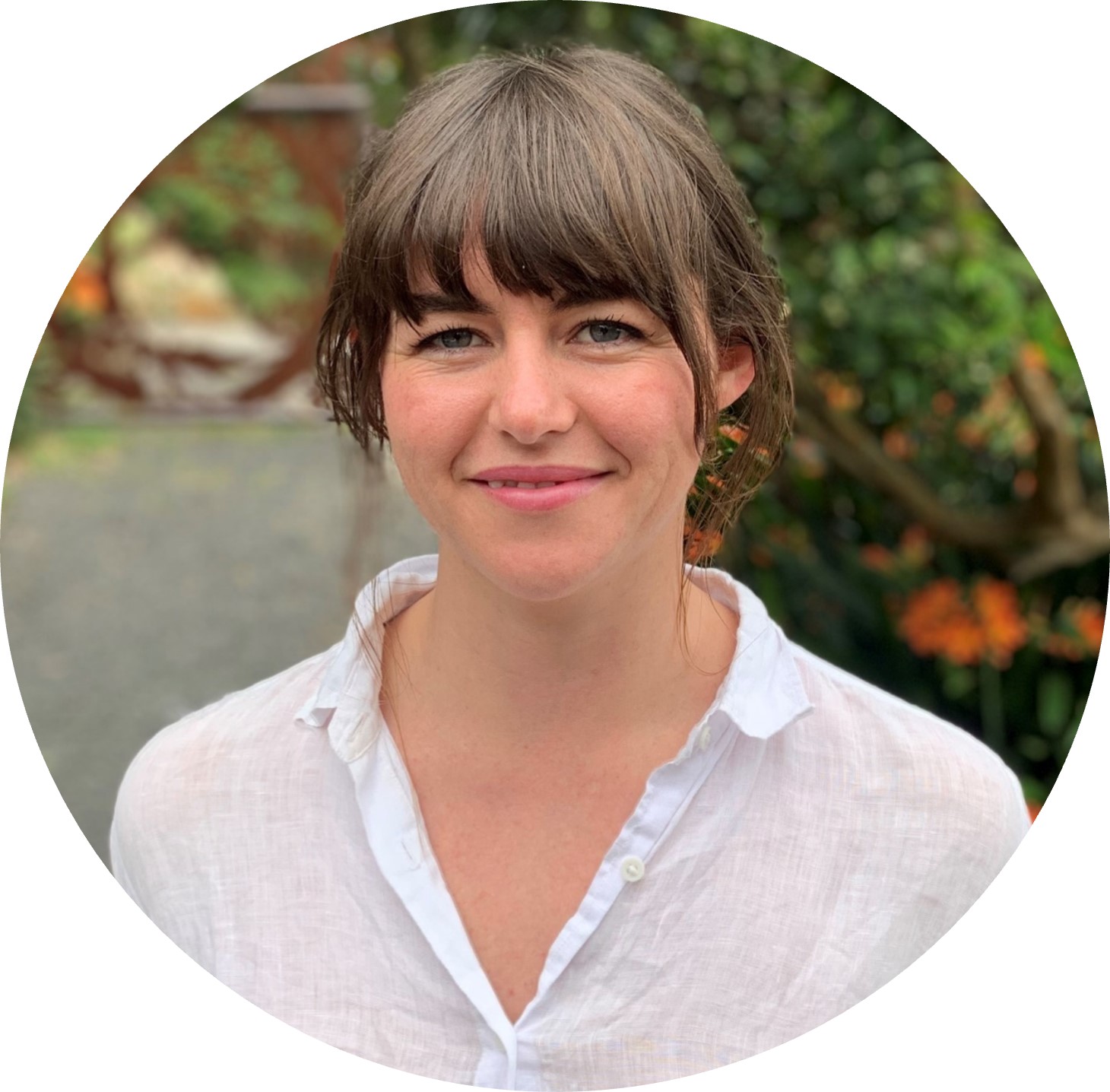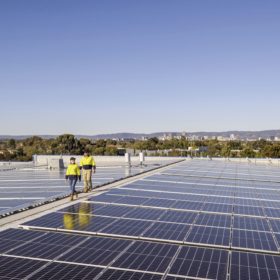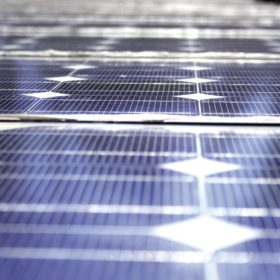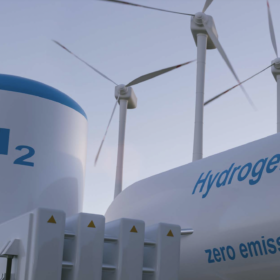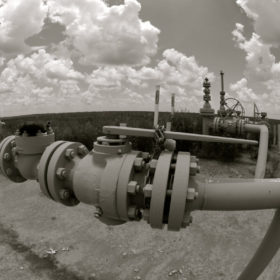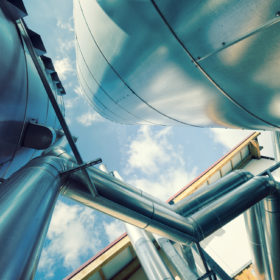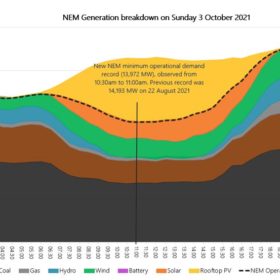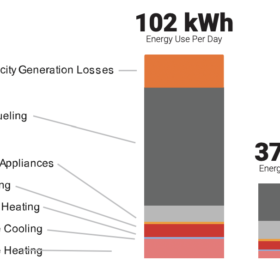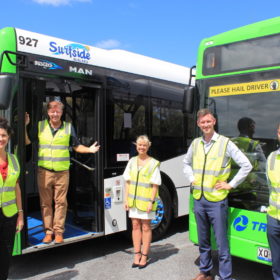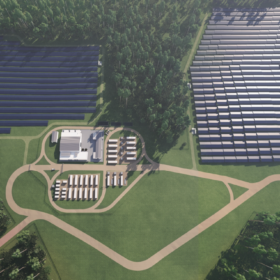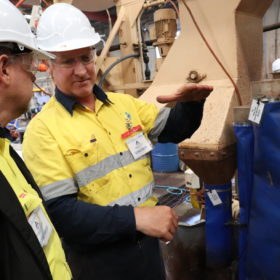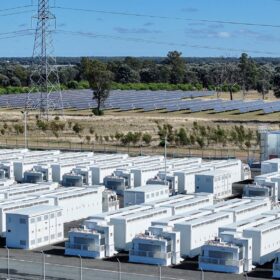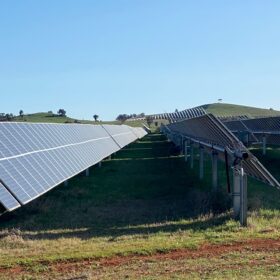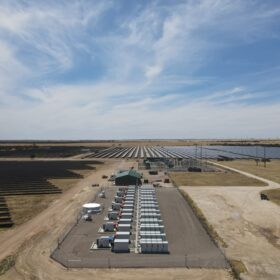Saturday read: Powerful equation to expand C&I
Big rooftop PV systems on factories, warehouses and public buildings need not be limited by ownership issues nor local grid capacity, claims Australian innovator EleXsys Energy. The company is maxing out an Ikea in Adelaide, Australia, with solar and storage. And it claims its smart technology can allow the same to be done elsewhere.
Australia’s largest solar supplier expects shortfalls and up to 30% prices hikes as global stock contest escalates
Australia’s largest wholesale solar distributor is expecting shortfalls of supply coupled with 20% to 30% cost increases as a result of the energy crisis in China. The situation in Australia is particularly fragile, pv magazine Australia was told, with our low pricing and the comparable size of our market not playing to our favour in the global battle for solar supplies.
Why the NSW hydrogen strategy is ‘smarter’ in its $80 billion industry proposition
The New South Wales government at long last released its hydrogen strategy today. The wait, according to hydrogen expert Andrew Horvath, has been worthwhile. He described the strategy as clever in its approach to drawing longterm hydrogen investment into the state. “It’s a little bit different the way [NSW] looked at it,” he told pv magazine Australia, refuting the strategy’s branding as less ambitious than other states.
Blue hydrogen and blended pipelines: the prospects of a like-for-like transition
On Monday, an Australian–Japanese consortium announced plans to potentially develop a $1 billion plus ‘low emissions’ hydrogen project in Western Australia. The announcement was preceded by a year of gas companies loudly declaring schemes to blend hydrogen into their pipelines. Clearly, many powerful Australian are putting their money on a like-for-like transition. pv magazine Australia spoke to hydrogen experts Andrew Horvath and Scott Hamilton about how they see the hydrogen wave evolving, and why a clean swap is unlikely.
‘Carbon negative’ hydrogen & ammonia hub plan partially unveiled for Bundaberg
Plans for a $400 million green hydrogen and ammonia hub in Bundaberg on Queensland’s coast were partially released on Tuesday, with Clean Holdings’ chief executive Ken Mathews telling pv magazine Australia another major project partner is to be announced shortly. As it stands, the project will use hydrogen technology from the newly minted CAC-H2 to gasify agricultural waste from the region and separate out the hydrogen in a process the company’s energy CEO described to pv magazine Australia as “greener than green”.
More solar records broken
On Sunday, Australia set a new record for minimum operational demand, with the national grid dipping below 14 GW. Renewables met 55% of that, while rooftop solar accounted for 34%.
Households could save $5,443 a year and a third of national emissions by electrifying, report says
Converting all home appliances and cars to run on electricity could save Australian households $40 billion a year by 2028, according to a new report from thinktank Rewiring Australia, the work of Australian-American entrepreneur Saul Griffith.
Melbourne’s bus fleet to electrify from next year in $2.3 billion contract
Melbourne-based public transport company Kinetic has been awarded a $2.3 billion contract by the Victorian government to replace more than half the city’s fleet with low or zero-emissions vehicles by 2031.
HDF to construct baseload power plant using green hydrogen, plans Australia expansion
The project includes a solar park coupled with what HDF Energy claims is the “largest green hydrogen storage of intermittent electricity sources” at 128 MWh. Importantly, the company also simultaneously announced expansion plans into Australia, saying its hydrogen technology will soon be available here, adding that it has “projects already in development for Australia”.
Plans for Australia’s first vanadium electrolyte manufacturing facility move forward
Australian Vanadium Limited has appointed a Western Australian engineering firm to begin the stage one of what it says will become the country’s first vanadium electrolyte manufacturing plant, part of the company’s broader value adding vision.
